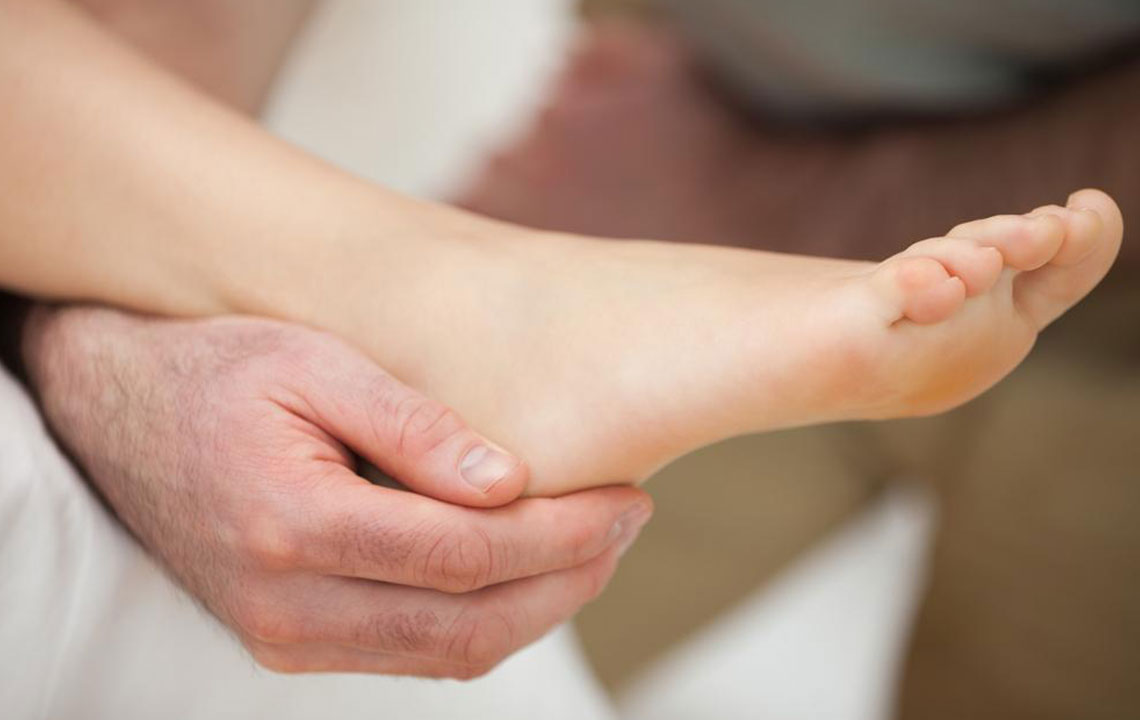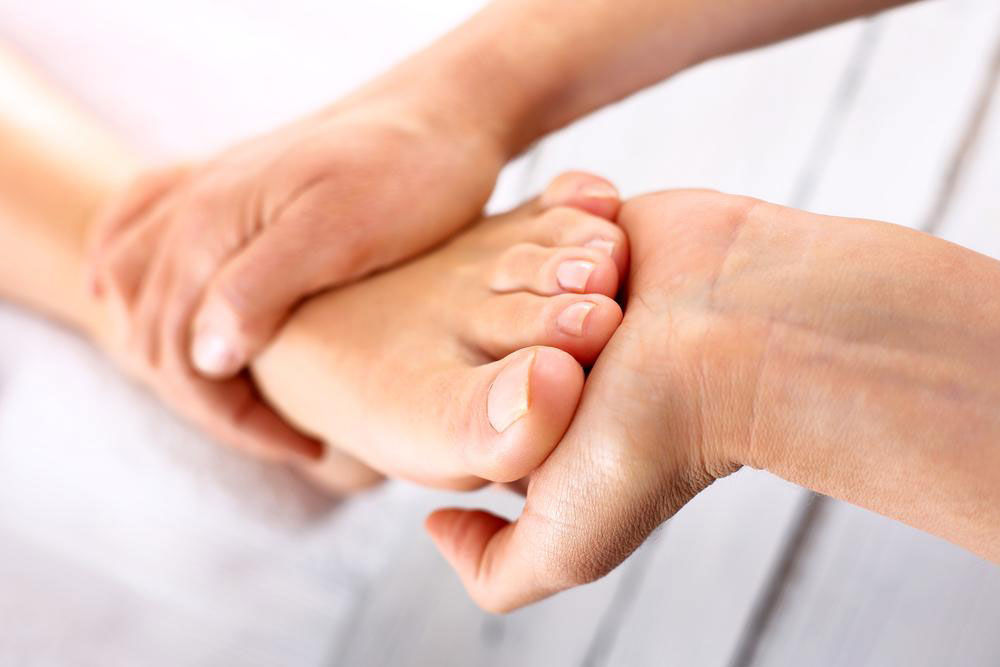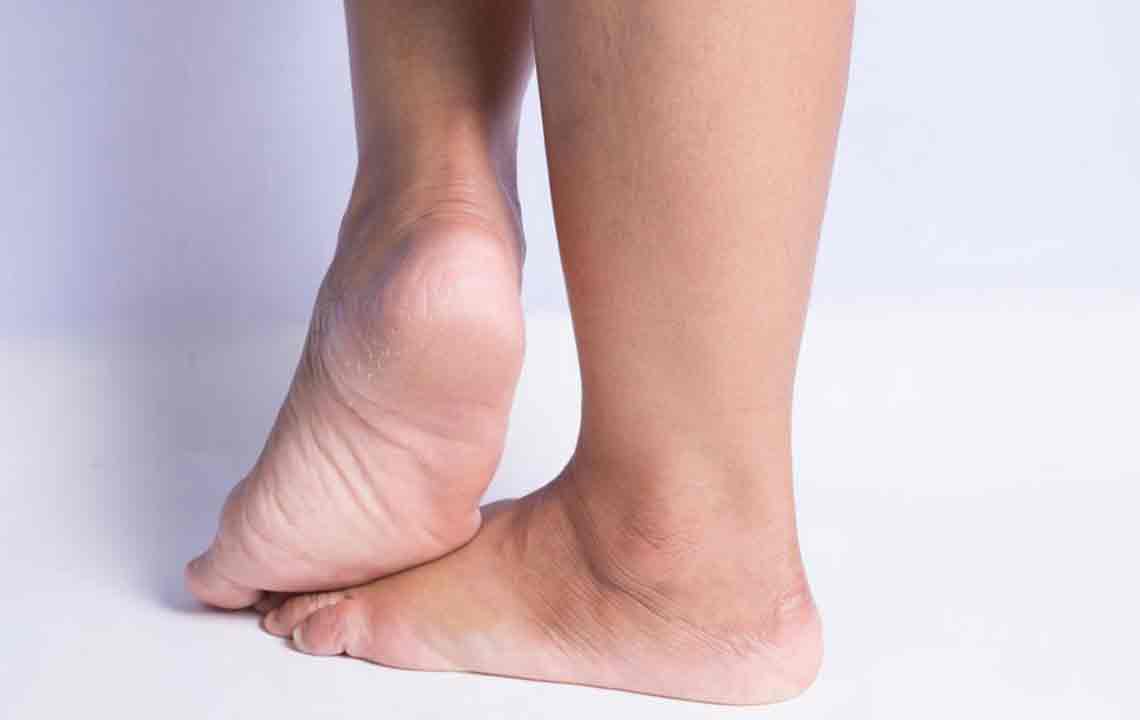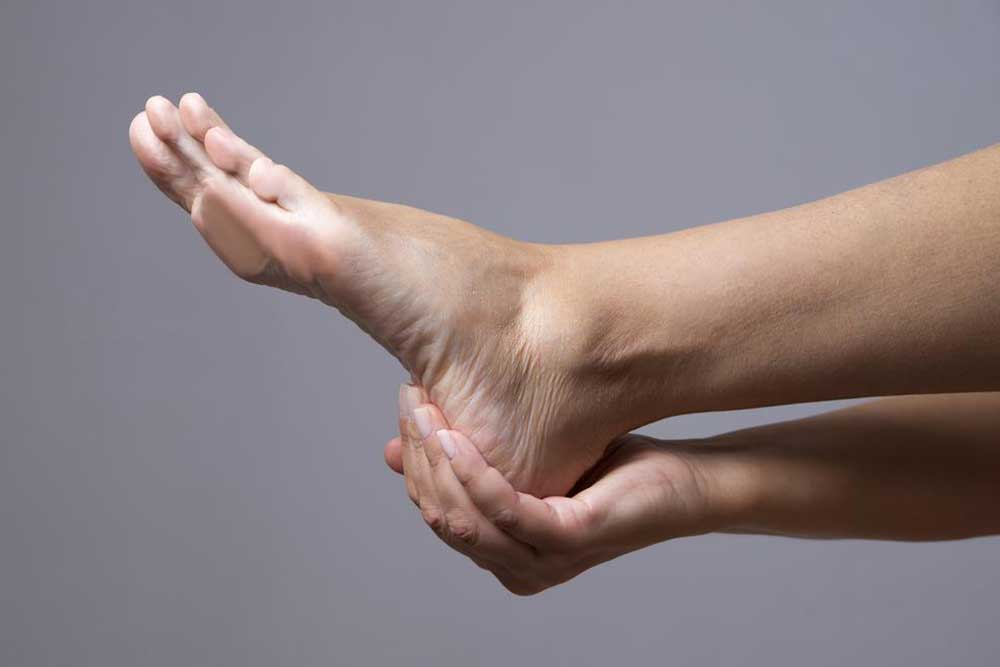Comprehensive Guide to Quickly Alleviating Foot Discomfort and Pain
This comprehensive guide provides effective strategies for quickly relieving foot discomfort. It covers common causes like plantar fasciitis, heel spurs, fractures, and metatarsalgia, offering practical remedies including home treatments, footwear advice, and when to seek medical help. Understanding the root cause of foot pain is essential for appropriate treatment, ensuring speedy recovery and preventing future issues. Whether dealing with heel pain, fractures, or ball-of-foot discomfort, readers will find detailed, actionable tips to restore mobility swiftly.

Comprehensive Guide to Quickly Alleviating Foot Discomfort and Pain
Our feet are fundamental to our daily lives, bearing the weight of our entire body and enabling us to walk, run, jump, and perform countless other activities. However, due to constant strain from daily activities such as commuting, sports, standing for long periods, dancing, or shopping, foot ailments are quite common. Foot discomfort can significantly impact mobility and quality of life, often causing pain that hampers normal movement and daily routines. Fortunately, there are numerous strategies and treatments available to relieve foot pain quickly and effectively, but accurate identification of the underlying cause is essential for optimal recovery.
This comprehensive guide explores various common foot conditions—from plantar fasciitis and heel spurs to fractures and metatarsalgia—and offers practical solutions that can help alleviate pain swiftly. Recognizing the root causes of foot discomfort is vital for choosing the most effective treatment. From simple home remedies to seeking professional medical advice, understanding your options can make a significant difference in managing foot pain efficiently and preventing future issues.
Understanding the Causes of Foot Discomfort
Foot pain can result from multiple sources, including injuries, chronic conditions, footwear choices, and structural abnormalities. Diagnosing the specific issue is crucial for appropriate treatment. Here are some common types of foot discomfort and their typical causes:
— Heel pain, often linked to plantar fasciitis or heel spurs.
— Pain on the ball of the foot, associated with metatarsalgia or sesamoiditis.
— Bruising or swelling due to stones, fractures, or contusions.
— Fractures from falls or accidents.
Understanding these causes helps in selecting targeted remedies for rapid relief.
Managing Heel Pain Effectively
Heel pain is among the most common foot complaints and can significantly restrict mobility. The leading cause is often plantar fasciitis, which involves inflammation of the plantar fascia—a thick tissue band connecting the heel bone to the toes. Symptoms include stabbing pain primarily in the morning or after periods of inactivity. It worsens with extended standing or walking. Recognizing the signs early and applying the right remedies can ease this discomfort swiftly.
Proven Remedies for Heel Pain
Rest your foot and avoid activities that exacerbate pain, such as running or standing for long durations.
Perform gentle stretching exercises targeting the Achilles tendon and plantar fascia—such as toe stretches and calf raises.
Utilize over-the-counter nonsteroidal anti-inflammatory drugs (NSAIDs), like ibuprofen, to reduce inflammation and pain.
Wear footwear with cushioned insoles and proper arch support to minimize stress on the heel.
Implement heel pads or orthotic insoles designed to absorb shock and support foot structure.
Dealing with Heel Spurs
Heel spurs are bony protrusions that develop at the bottom of the heel, often due to chronic plantar fasciitis or repetitive stress. They can cause persistent discomfort, especially when standing or walking long distances. High arches, flat feet, improper footwear, or abnormal gait patterns can contribute to heel spur formation.
Effective Relief Strategies
Use cushioned heel pads or insoles for additional shock absorption.
Wear supportive shoes designed for comfort and stability—look for features like firm heel counters and arch support.
Limit standing and walking activities to reduce strain.
Consider custom orthotics prescribed by a podiatrist for tailored support.
Seek medical consultation if pain persists despite self-care measures; in some cases, procedures may be necessary to remove the spur.
Addressing Stone Bruises and Minor Contusions
Stone bruises typically occur after stepping on hard objects, leading to pain on the ball or heel of the foot, often accompanied by a stinging or pounding sensation. While the pain may gradually subside, immediate care is crucial to prevent complications.
First-Aid Tips
Rest the affected foot and avoid putting weight on it.
Apply ice wrapped in a cloth to the bruised area for 15-20 minutes every few hours to reduce swelling and pain.
Take over-the-counter pain relief medications, such as acetaminophen or NSAIDs, as needed.
If swelling and pain persist, consult a healthcare professional for further evaluation and treatment options.
Handling Heel Fractures
Heel fractures usually result from serious injuries like falls from heights or vehicle accidents. Symptoms include severe pain, swelling, bruising, and difficulty walking or bearing weight. These injuries require prompt medical attention to prevent long-term complications.
Immediate Relief and Treatment
Protect the injured heel from further impact by immobilizing it with padding or splints.
Avoid bearing weight and use crutches to prevent worsening the injury.
Seek urgent medical evaluation—X-rays are necessary to confirm fractures.
Medical management may include immobilization with casts or splints, pain medications, and possibly surgical intervention if the fracture is complex.
Adhering to prescribed rest and rehabilitation protocols is vital for proper healing.
Dealing with Metatarsalgia (Ball of Foot Pain)
Metatarsalgia is characterized by pain and inflammation in the ball of the foot. It is commonly caused by ill-fitting shoes, high-impact activities, or excessive pressure on the forefoot. Athletes, dancers, and individuals wearing tight or high-heeled shoes are at increased risk.
Effective Treatment Approaches
Rest the foot and temporarily avoid strenuous activities.
Use ice packs to reduce inflammation and pain.
Wear footwear with a wide toe box and good arch support.
Cushioned insoles or metatarsal pads can distribute pressure evenly across the foot.
In persistent cases, consulting a podiatrist for custom orthotics or further treatment is recommended.
Sesamoiditis and Related Conditions
This condition affects the sesamoid bones located beneath the big toe joint, often caused by inflammation, overuse, or injury. It’s common among dancers, runners, and athletes involved in repetitive pushing-off motions.
Relief Strategies
Rest the affected foot and avoid walking barefoot on hard surfaces.
Apply ice to reduce inflammation and discomfort.
Use specially designed foot pads or insoles to offload pressure on the sesamoid bones.
Seek medical advice for potential steroid injections or other interventions.
Consider taping techniques to immobilize the toe and promote healing.
Ultimately, a combination of proper footwear, adequate rest, targeted massages, and timely medical intervention can significantly speed up recovery and reduce the risk of recurrent foot pain. Proper diagnosis by healthcare professionals ensures that treatment plans are tailored to individual needs, leading to better outcomes and a return to pain-free mobility.





